1. Shiny, Hard Surfaces Everywhere
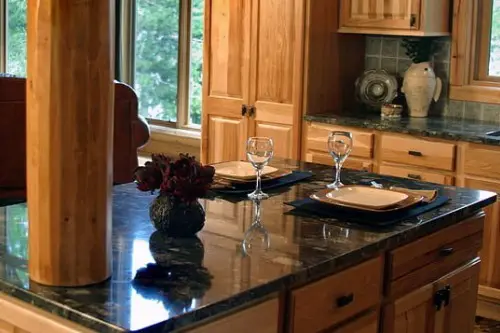
Marble countertops, glass tables, and chrome fixtures look sleek, but too much of them can make a home feel impersonal. Hard, reflective surfaces don’t absorb sound or light in a way that feels cozy, often creating a sense of emptiness. If every surface in your home is rigid and shiny, it can start to feel more like an office than a living space. Our brains associate softer textures with relaxation, so a lack of them can trigger a subtle chill.
Soft textures—like a plush rug, velvet cushions, or a knitted throw—counterbalance these cold surfaces beautifully. Layering textures also adds depth and interest to a room. Even a single soft element can make a hard-surfaced room feel immediately more welcoming. Without it, the sleekness can feel more intimidating than stylish.
2. Too Much Minimalism
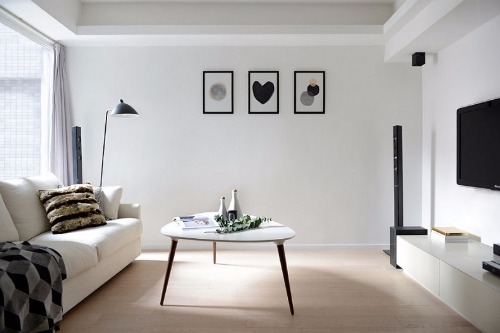
Minimalism can feel chic and organized, but when overdone, it often reads as cold. Rooms stripped of personal touches—like photos, books, or meaningful objects—lack warmth and character. A perfectly white, empty space might look stylish, but it can feel sterile the moment you step inside. Human brains naturally crave visual cues that suggest life and comfort, which extreme minimalism rarely provides.
Adding just a few personal touches—like a throw blanket, a stack of favorite books, or a potted plant—can instantly counterbalance that cold minimalism. The key is moderation: you want your home to feel curated, not clinical. Even small bursts of color or texture help your space feel inviting. Without them, your home risks feeling more like a showroom than a place to live.
3. Cold Color Palettes
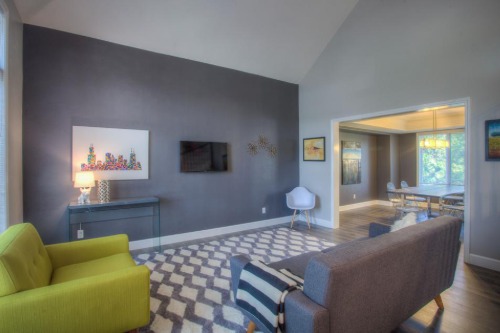
Walls painted in stark whites, grays, or icy blues might seem modern, but they can also make a home feel uninviting. These colors often absorb natural light poorly, creating a space that feels dim and chilly. If everything in the room is cool-toned, from furniture to accessories, it can amplify that cold effect. Our perception of warmth is strongly influenced by color, so overly cool palettes often fail to create a cozy vibe.
Introducing warm accents—like soft yellows, earthy browns, or muted oranges—can transform a cold room almost immediately. Even small details, like cushions or curtains, can make a significant difference. Warm colors create psychological comfort, making spaces feel like they embrace you. Without these touches, the room can feel distant and unwelcoming.
4. Sparse Lighting
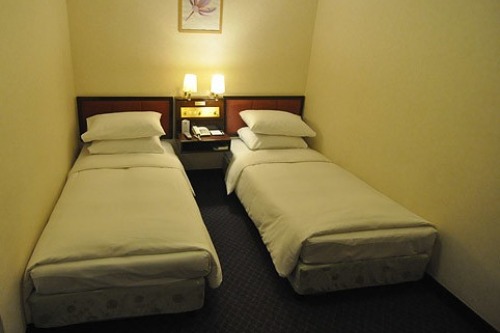
Overhead fluorescent or stark LED lighting can make a space feel more hospital-like than homey. Bright, direct lighting often washes out colors and textures, emphasizing emptiness rather than comfort. Without layered light sources, rooms lack the gentle glow that makes a space feel lived-in. Shadows and softer lights create a sense of intimacy that harsh lighting rarely does.
Incorporating lamps, candles, and string lights can dramatically shift the vibe of a room. Even dimmable lights let you control mood and warmth. Lighting doesn’t just illuminate; it communicates the feeling of a space. A room lit only by overhead white light can feel cold regardless of its décor.
5. Oversized Furniture That Dwarfs the Room

Huge sofas or massive dining tables can make a space feel cavernous and intimidating. When furniture is out of proportion, it doesn’t invite people to sit down or linger—it overwhelms. Rooms with oversized pieces often feel less personal because they remove cozy nooks and conversational areas. Comfort is partially visual, and giant furniture can psychologically distance people from the space.
Choosing appropriately scaled furniture makes a room feel more intimate. Even leaving small walkways or cozy corners encourages people to interact with the space. Balanced proportions help a room feel livable, not just furnished. Without that balance, even the softest textures or warm colors might not save the cold feeling.
6. Clutter-Free, Impersonal Surfaces
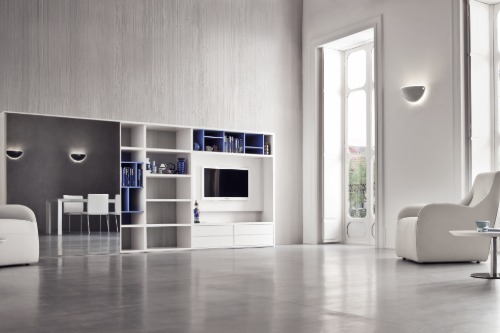
A perfectly tidy home might seem appealing at first glance, but when surfaces are completely bare, it can feel sterile. Coffee tables, shelves, and counters without any personal items make spaces feel uninhabited. Homes are meant to show personality through subtle, everyday objects. Without them, a room can feel more like a staged photo than a lived-in environment.
Even small, curated displays—a favorite candle, a stack of magazines, or a photo frame—make a big difference. These touches suggest life and personality, which translates to warmth. It’s less about clutter and more about connection. Too much “empty perfection” often reads as cold and distant.
7. Too Many Matching Pieces
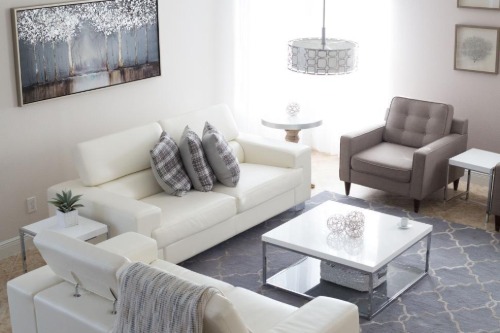
Perfectly coordinated furniture and décor can look visually tidy, but it often lacks the human element that makes a home cozy. When everything matches, it can feel like a showroom or a catalog. Humans respond to visual variety and small imperfections as cues of warmth. A little contrast, even subtle, helps a room feel real and approachable.
Mixing in pieces with different textures, patterns, or eras adds personality. A vintage chair next to a modern sofa or mismatched throw pillows breaks the monotony. This layered approach feels curated and inviting rather than sterile. Without it, everything can feel overly controlled and cold.
8. Heavy Use of Synthetic Materials
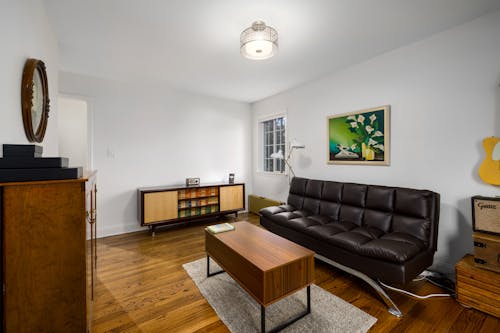
Leather, vinyl, and other synthetic fabrics are durable and easy to clean, but they often feel slick and unwelcoming. These materials lack the softness and tactile comfort of natural fibers like wool, cotton, or linen. Touch is a key component of coziness; when a room feels physically uninviting, it impacts emotional warmth too. A sofa that looks nice but feels cold to sit on can make a room feel inhospitable.
Incorporating natural fabrics and textures—like a wool throw or cotton cushions—adds warmth instantly. Even synthetic items can be softened with layered textiles. The goal is to create a space that feels comfortable to touch, not just to look at. Neglecting tactile warmth leaves a home feeling emotionally distant.
9. Overly High Ceilings
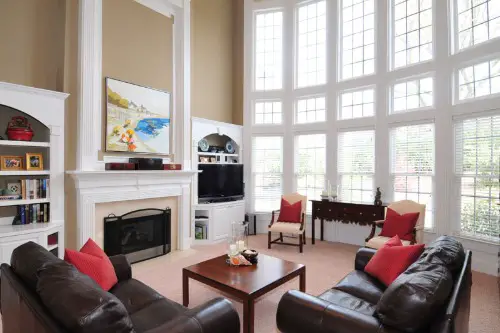
Lofty ceilings can be stunning, but if the space isn’t grounded with furniture and décor, it can feel cavernous. Rooms with excessive vertical space may struggle to feel intimate. The extra height can exaggerate echoes and empty areas, which our brains interpret as cold or unwelcoming. Without visual anchors, the scale alone can make a space feel distant.
Low-hanging lights, rugs, and art pieces can help balance a tall room. They visually “bring down” the space to human scale, making it feel cozy and approachable. Thoughtful layering of furniture and décor elements is key. Otherwise, high ceilings can leave even a well-furnished room feeling like a warehouse.
10. Overuse of Metallic Finishes
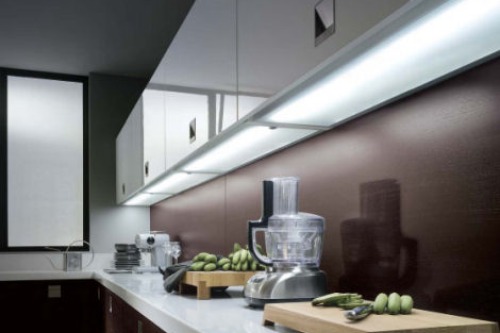
Gold, silver, and chrome accents are glamorous, but too much metal can make a room feel cold and reflective. Metallic surfaces often emphasize the room’s emptiness rather than its warmth. They don’t absorb light or sound in a comforting way, which adds to the sterile feeling. Without contrasting textures, a metallic-heavy space can feel hard and impersonal.
Balancing metal with wood, textiles, or plants can transform the space immediately. Even small natural accents soften the reflective effect. Metals should highlight, not dominate, the cozy elements of your room. Too much shine can create a vibe that’s more showpiece than sanctuary.
11. Sparse Wall Art
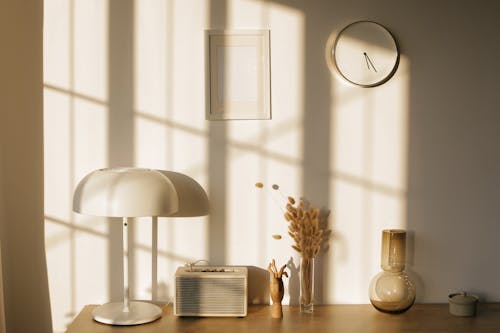
Empty walls might make a home feel spacious, but they can also make it feel lifeless. Walls without art or personal touches give the impression that the space is unfinished or uninhabited. Our brains associate visual stories—like paintings, photographs, or prints—with personality and warmth. Blank walls deprive a room of character, which contributes to a cold atmosphere.
Curating a few pieces of wall art instantly makes a space feel lived-in. They can reflect your personality, tell a story, or simply provide color and texture. Even small framed photos or prints create visual interest and a sense of presence. Without art, walls feel like barriers rather than expressions of home.
12. Absence of Greenery

No plants or flowers in a home can make it feel stagnant and lifeless. Greenery introduces color, texture, and a sense of life that humans instinctively respond to. Plants also soften harsh edges and create natural focal points in a room. A home without any living elements can feel overly clinical.
Adding even one potted plant or a vase of fresh flowers can make a room feel vibrant and warm. Hanging plants, small succulents, or indoor trees all work beautifully. Nature inside your home signals vitality and comfort. Without it, the environment can feel static and uninviting.
13. Overly Formal Furniture Arrangements
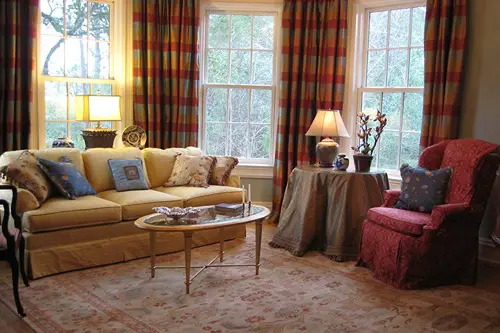
Arranging furniture in rigid, symmetrical lines might look organized, but it rarely encourages relaxation. Overly formal layouts can make a room feel staged rather than lived-in. People naturally gravitate toward settings that feel comfortable to sit, gather, or lounge. If a room feels like it’s “meant to be looked at,” it won’t feel cozy.
Creating conversational groupings and leaving space for casual movement changes the dynamic instantly. Angling a sofa, adding a small reading nook, or including a cozy chair can break up stiffness. The goal is a room that invites activity and interaction. Without this approach, even the softest textures feel secondary to the cold layout.
14. Too Many Electronic Screens

A room dominated by TVs, monitors, or other glowing screens can feel more like a tech showroom than a home. Screens emit light that is often harsh and artificial, which interferes with the natural warmth of a space. Overreliance on electronics can distract from personal touches and tactile comforts. The presence of too many devices subconsciously signals efficiency over relaxation.
Balancing technology with soft elements—like books, rugs, or ambient lighting—helps restore coziness. Designating tech-free zones can also make a room feel more inviting. Electronics should serve the home, not define it. Otherwise, the room risks feeling cold and unwelcoming, despite all other comforts.
15. Lack of Window Treatments
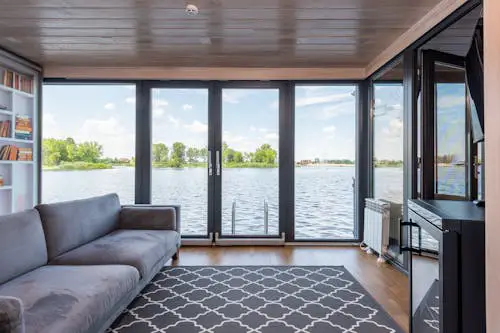
Bare windows, even with beautiful frames, can make a space feel exposed and unfinished. Without curtains or blinds, rooms often echo and feel less intimate. The openness can read as stark rather than airy, especially at night when darkness presses in. A lack of fabric on windows removes a key layer of softness that contributes to coziness.
Adding curtains, drapes, or even simple shades immediately warms up the atmosphere. They provide texture, color, and a sense of privacy that feels comforting. Even light, sheer fabrics soften a space without making it heavy. Without window treatments, a room can feel more like a waiting area than a sanctuary.
16. Monotone Color Schemes
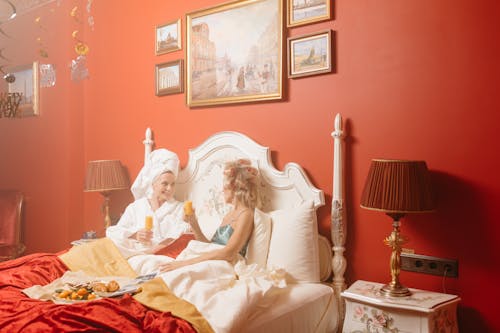
A room that relies on just one color family can feel flat and uninspired. Monochromatic schemes often lack the depth and vibrancy that make a space feel alive. While they may look modern, they can come across as cold and overly controlled. Our eyes crave variation and contrast to feel engaged and comfortable.
Mixing complementary tones and layering shades adds richness. Even subtle variations—like pairing creams with earthy browns—make a big difference. Accent colors through pillows, throws, or artwork create visual warmth. Without them, the room risks feeling like a lifeless box.
17. Absence of Scent

A home that lacks any inviting smell can feel sterile and incomplete. Scent is a powerful sense tied to memory, comfort, and relaxation. When absent, rooms can feel neutral in a way that leans toward coldness. Sterile air does little to invite people to linger.
Incorporating candles, diffusers, or even fresh-baked aromas instantly creates warmth. Natural scents like lavender, vanilla, or cedarwood evoke coziness and calm. Even fresh flowers add a subtle fragrance that feels welcoming. Without scent, a home may look fine but feel emotionally distant.
18. Echoing Rooms
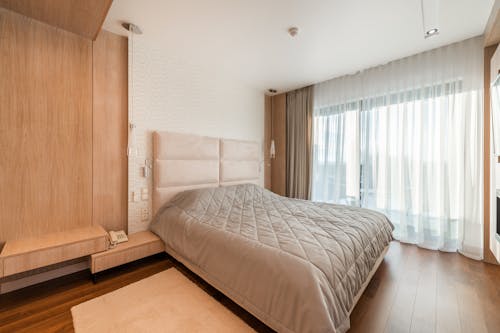
Spaces without enough sound-absorbing materials often feel hollow and cold. Echoes highlight emptiness, making a room seem larger but less personal. Hard flooring, bare walls, and sparse furnishings all contribute to this effect. A room that bounces sound lacks the softness that makes people relax.
Introducing rugs, curtains, and upholstered furniture immediately dampens sound. These elements not only absorb echoes but also add tactile and visual warmth. Even small adjustments—like wall hangings or cushions—make a noticeable difference. Without them, every sound reinforces the coldness of the space.
19. Unwelcoming Entryway
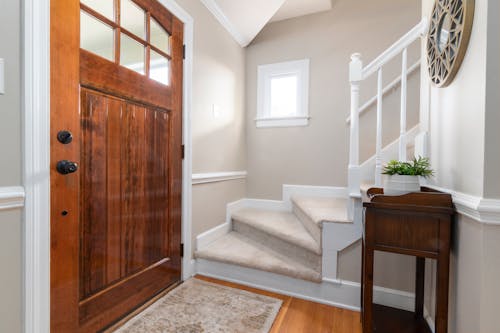
The entryway sets the tone for the entire home, and a stark one creates a chilly first impression. If the space is bare, dark, or cluttered, it sends a message of coldness rather than comfort. Guests and residents alike may feel disconnected the moment they walk in. A cold entryway often makes the whole home feel less inviting.
Adding a rug, some art, or a small bench immediately softens the transition. Warm lighting and personal touches—like a plant or a bowl for keys—signal hospitality. Even minimal updates make people feel grounded when entering. Without this effort, the entry becomes a passage rather than a welcome.
20. Too Many Open Spaces
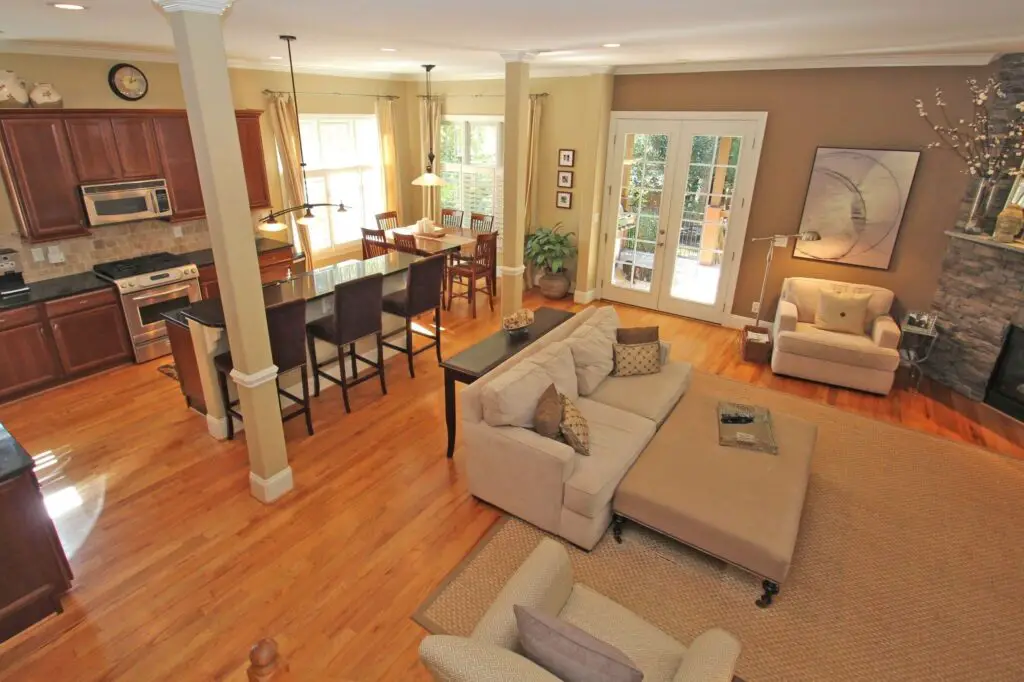
While open floor plans are trendy, they can sometimes make a home feel cavernous. Large, uninterrupted areas lack the intimacy that smaller zones provide. Without defined spaces, the home can feel more like a showroom than a sanctuary. People often feel more comfortable in environments with subtle boundaries.
Creating cozy corners within an open plan helps balance the scale. Rugs, furniture groupings, or shelving can divide space into more personal zones. This structure adds warmth and makes the home feel lived-in. Without it, openness can translate into cold emptiness.
21. Bare Floors
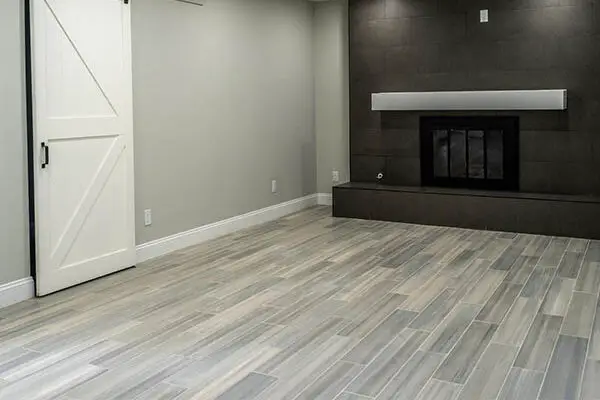
Expanses of wood, tile, or concrete without rugs often feel visually and physically cold. Hard floors amplify sound and lack the tactile comfort that contributes to coziness. Walking across a bare floor can feel unwelcoming, especially in cooler months. The absence of softness underfoot makes rooms feel unfinished.
Layering in area rugs instantly changes the vibe. They provide texture, pattern, and warmth both visually and physically. Rugs also help define seating areas, making them feel more intimate. Without them, even the most stylish flooring can feel stark.
22. Lack of Layers
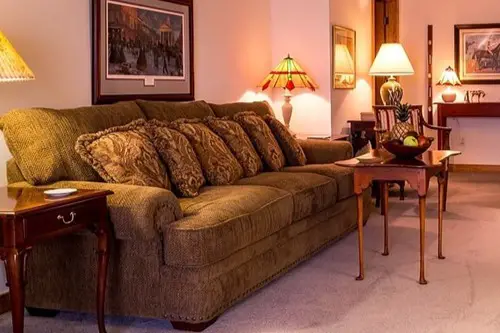
A room with only the essentials—sofa, table, chairs—can feel functional but bare. Coziness often comes from layering: blankets on sofas, pillows on beds, books on shelves. Without these layers, a space feels one-dimensional and cold. The eye has nothing to linger on, so the room feels incomplete.
Adding layers doesn’t mean clutter—it means depth. A soft throw, a mix of cushions, or stacked coffee table books create dimension. These touches suggest care and lived-in comfort. Without layering, even a well-furnished room can feel emotionally empty.
This post 22 Small Touches That Instantly Make a Home Feel Cold Instead of Cozy was first published on Greenhouse Black.
